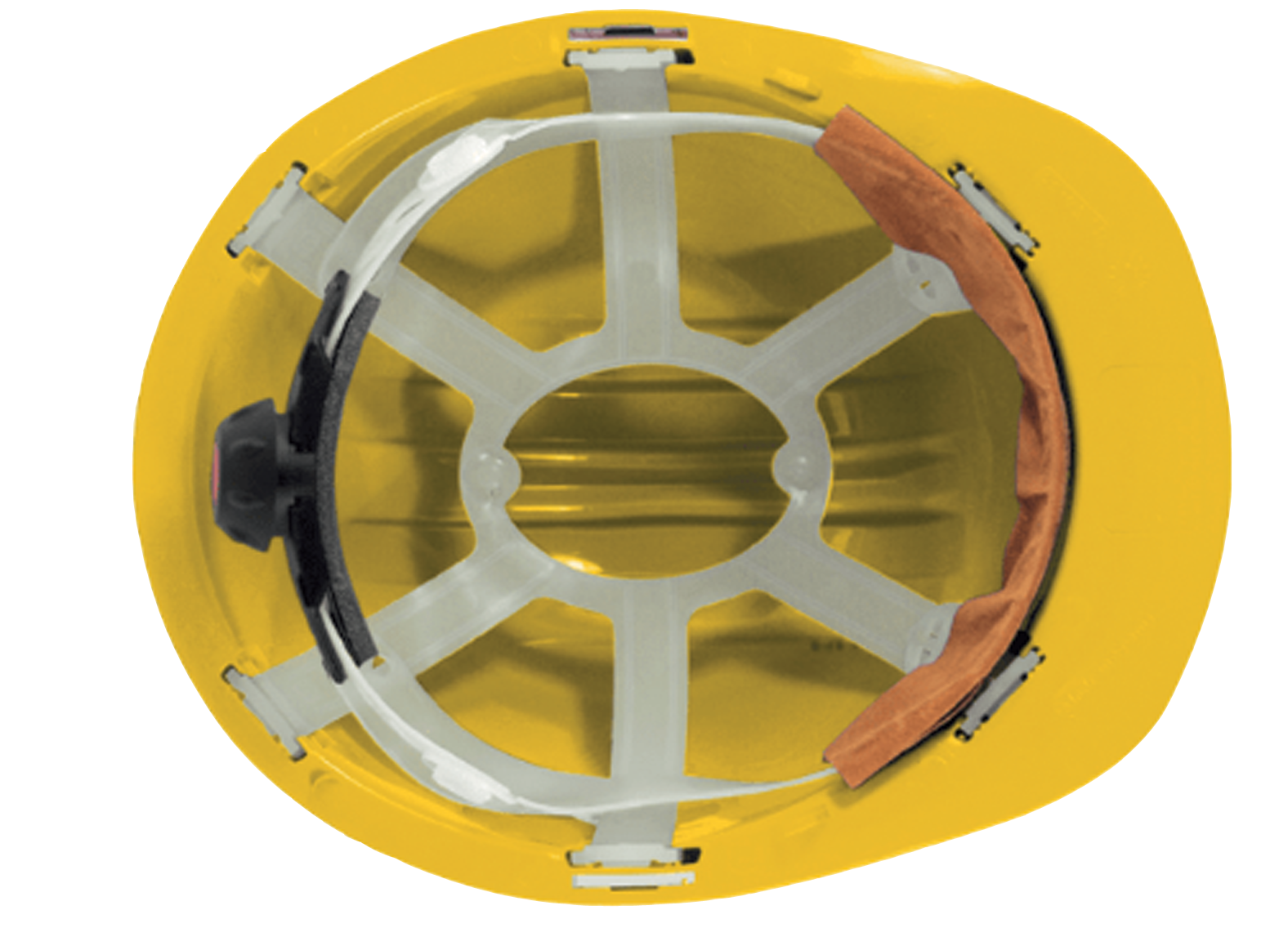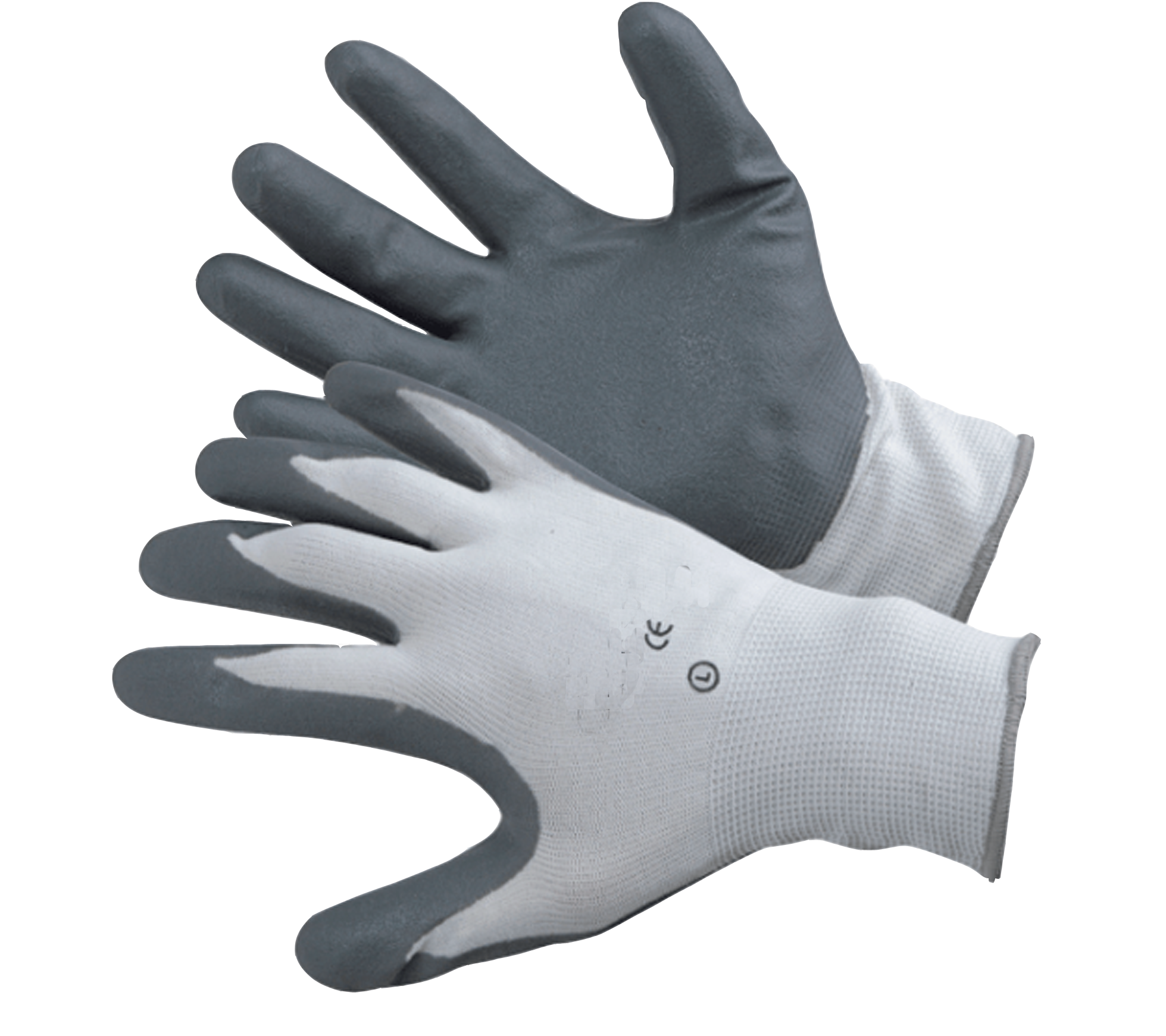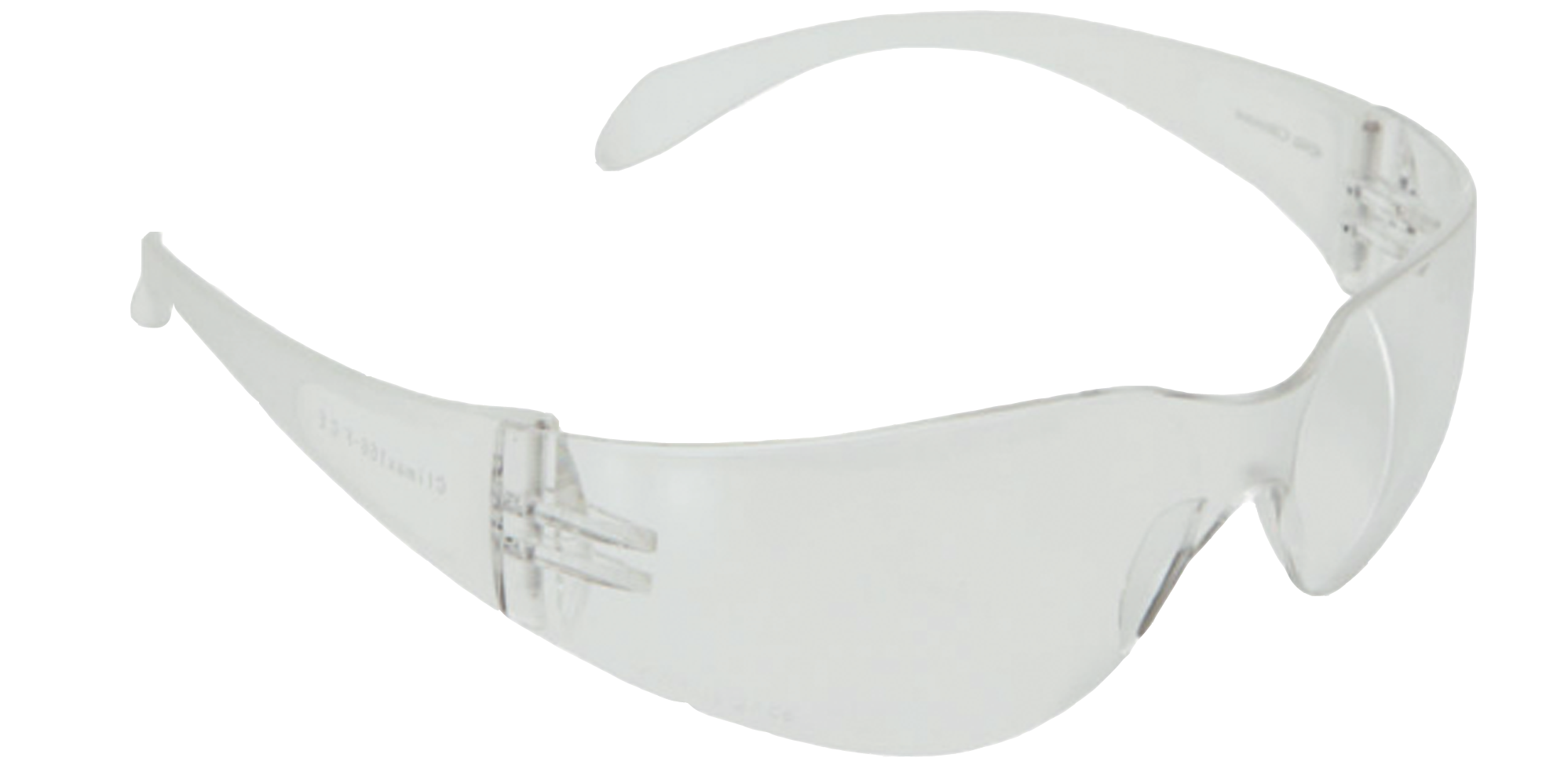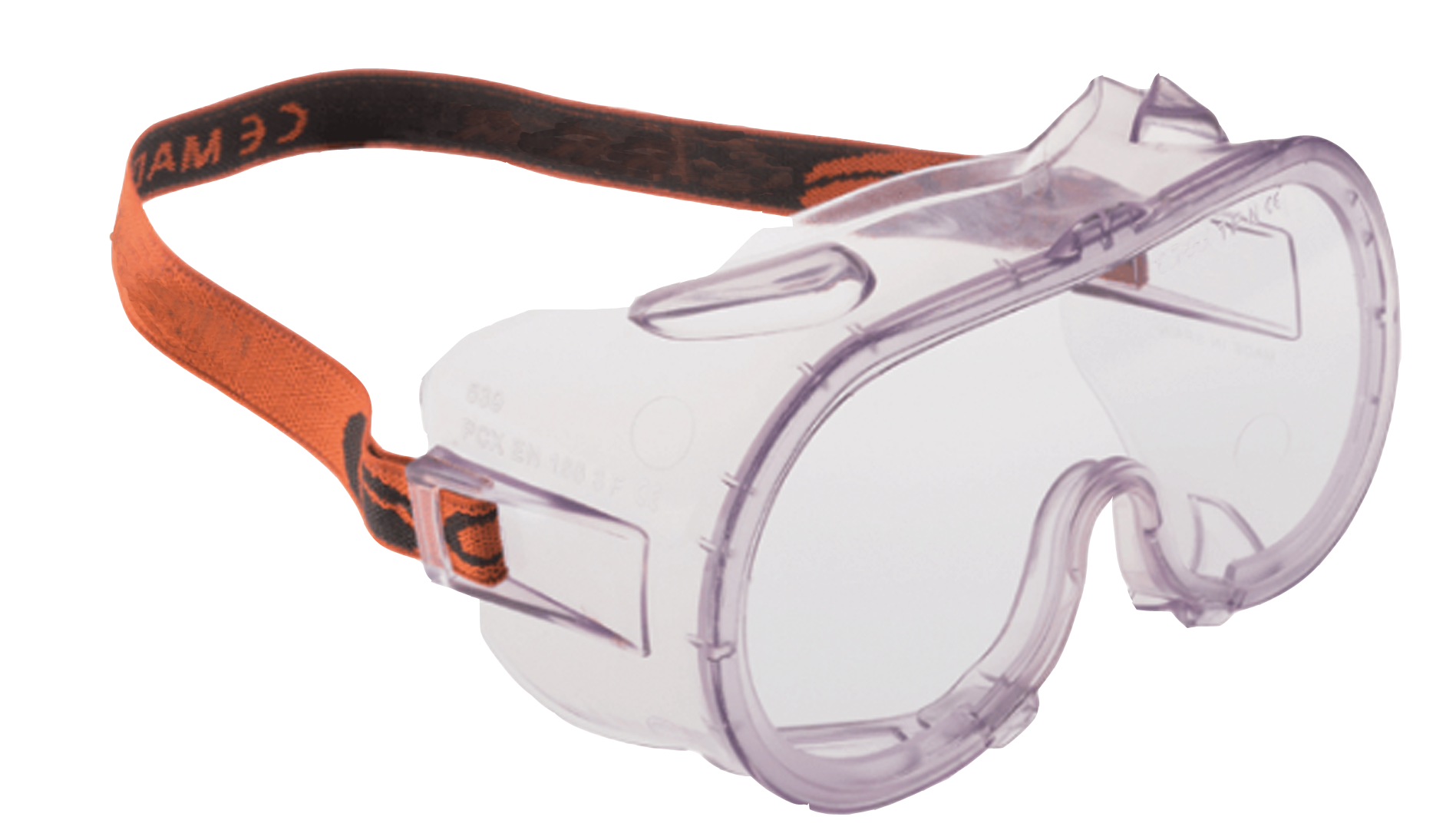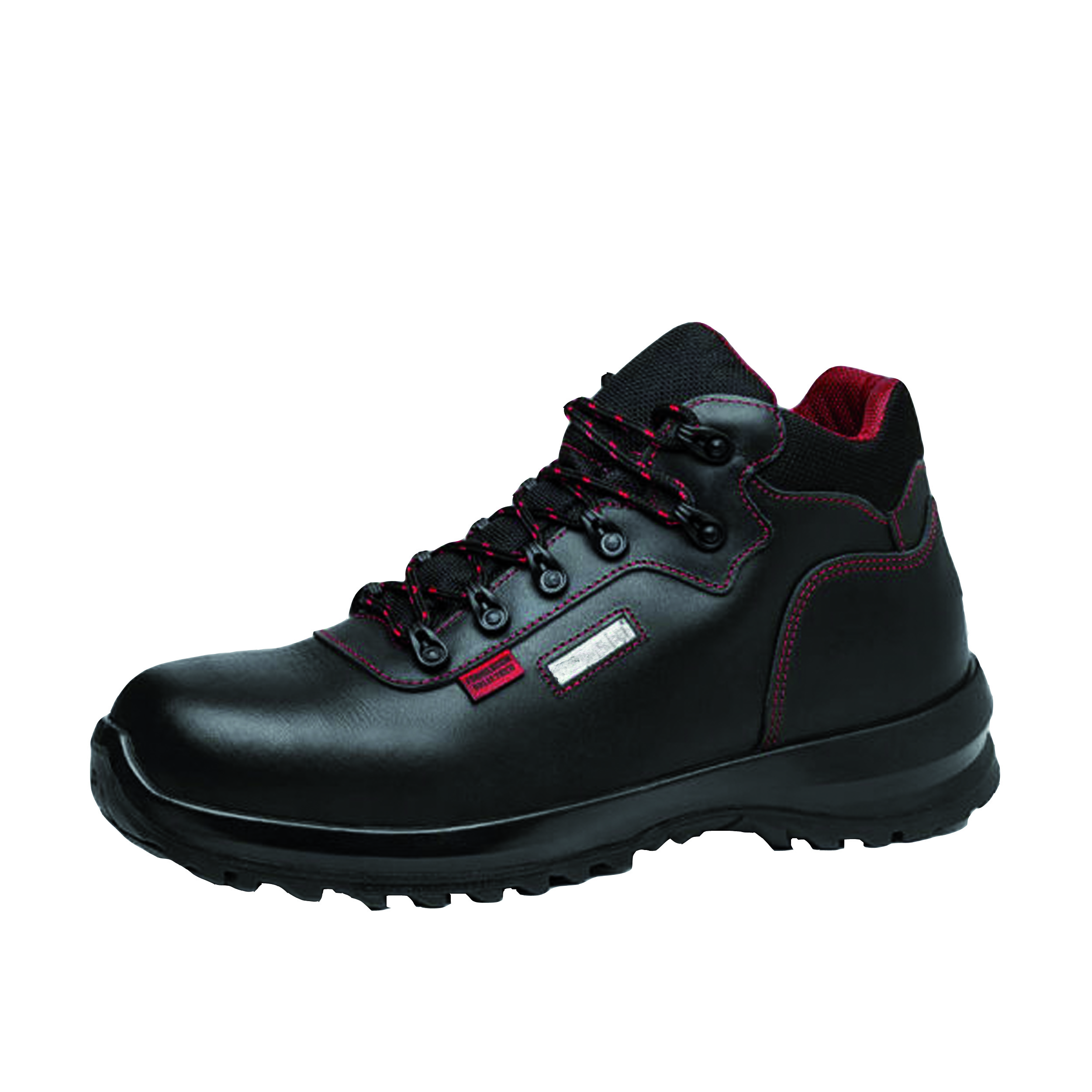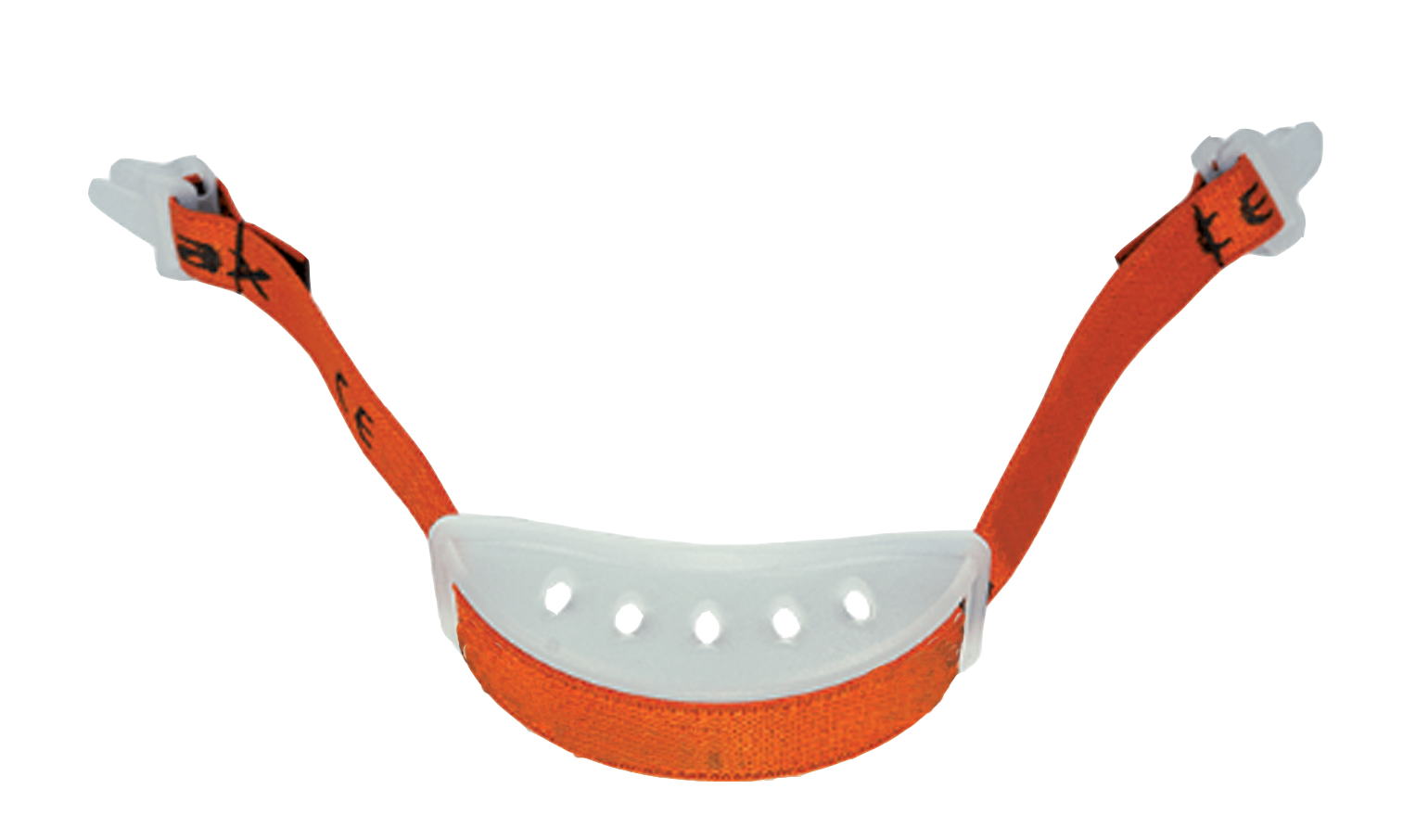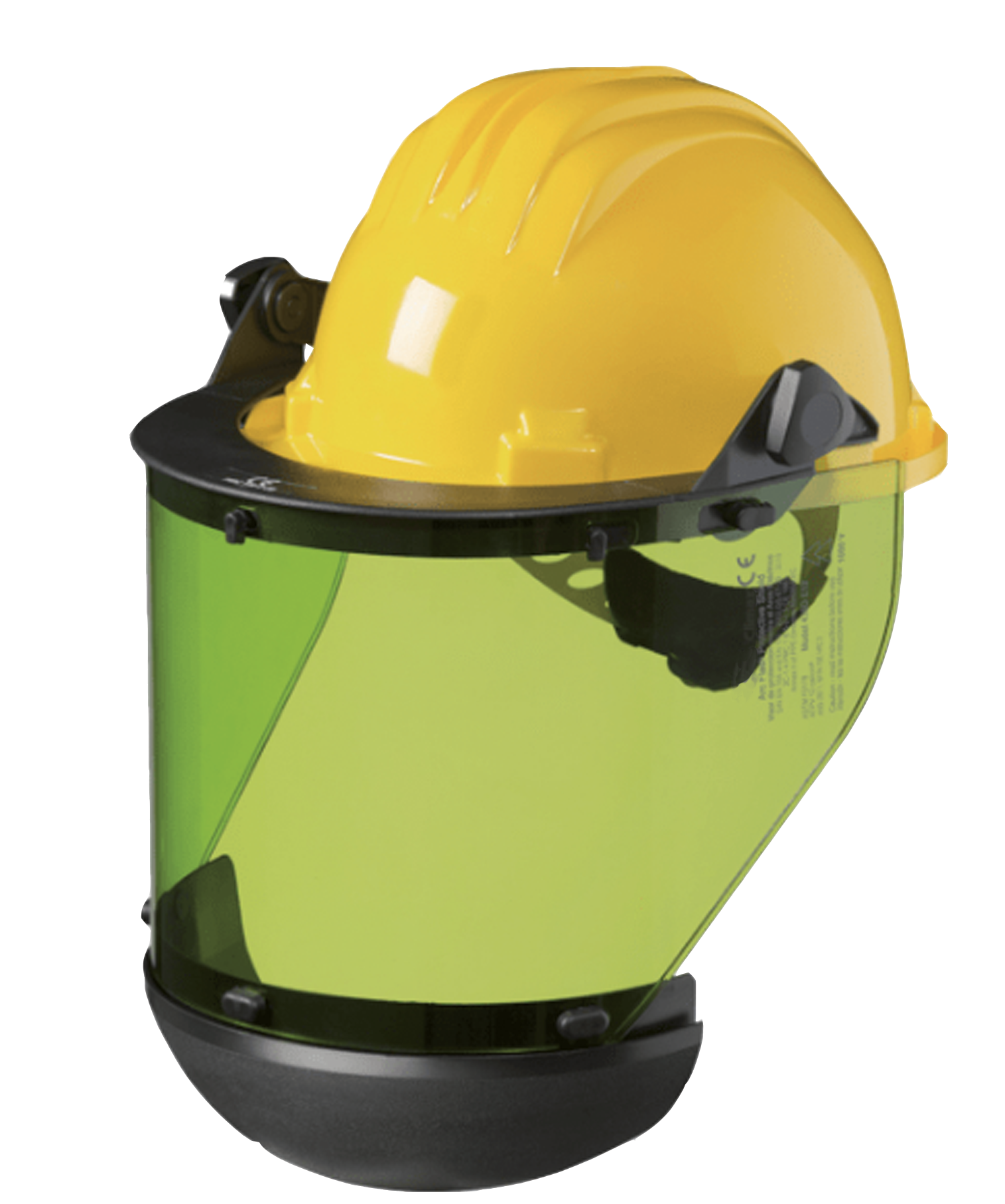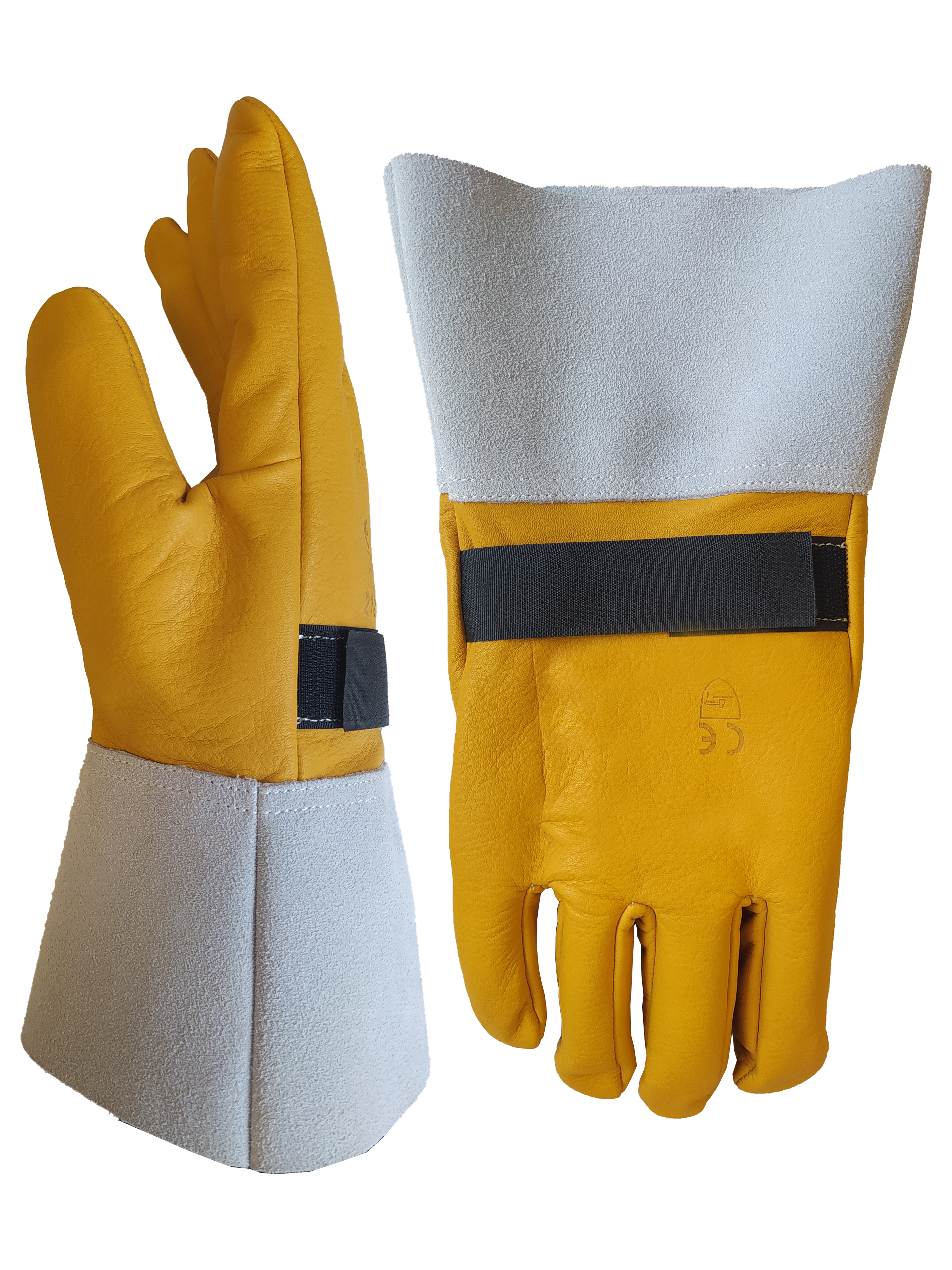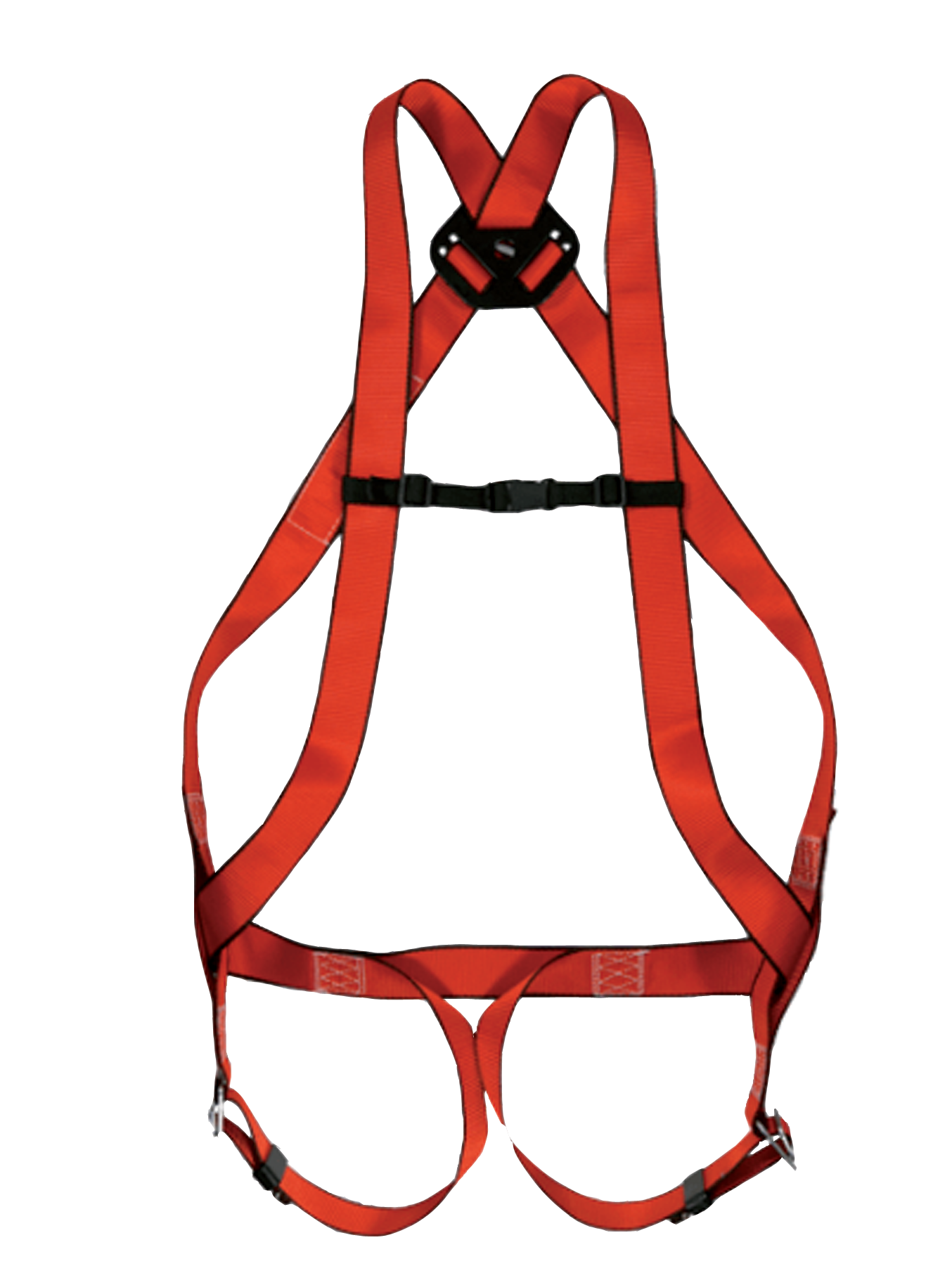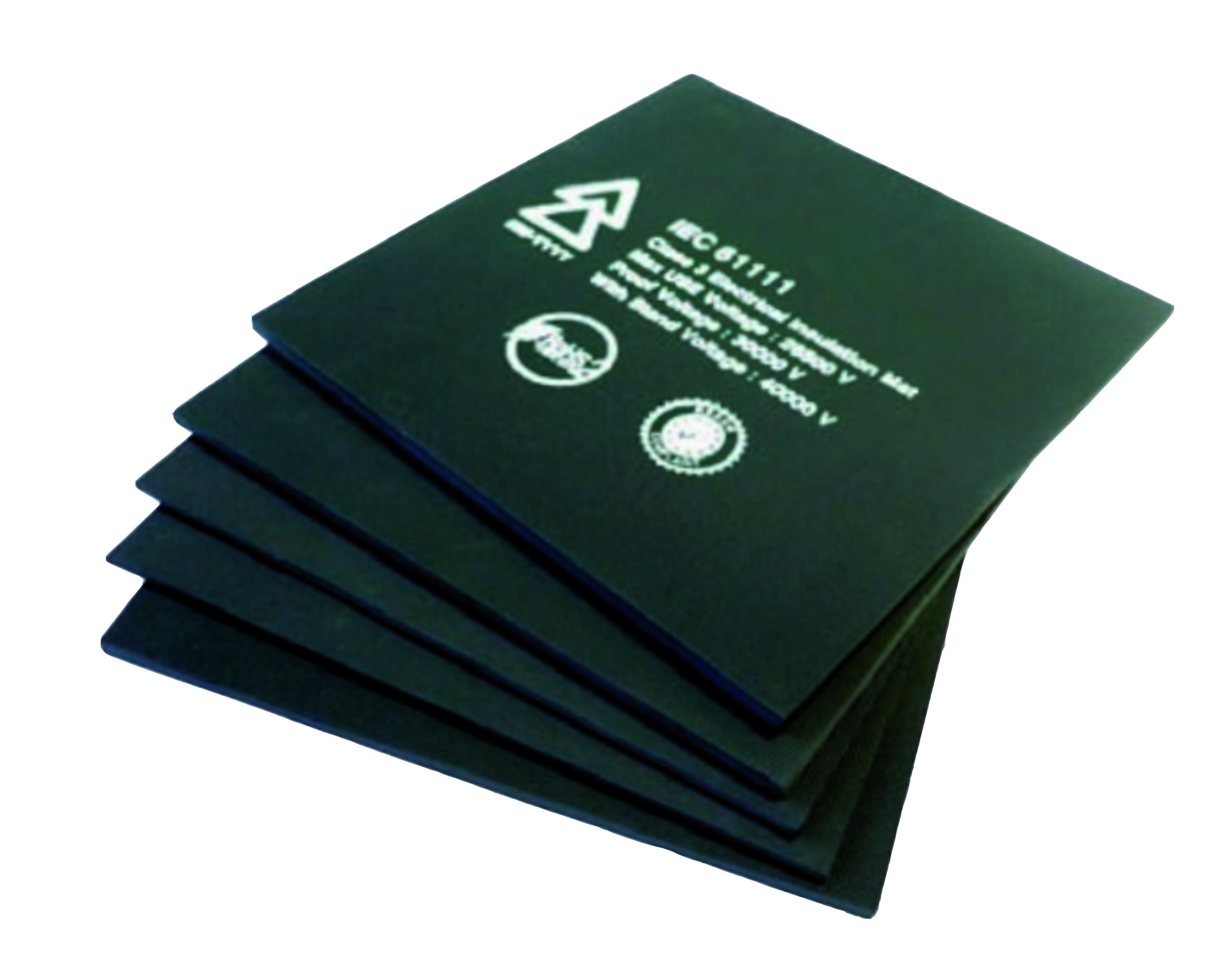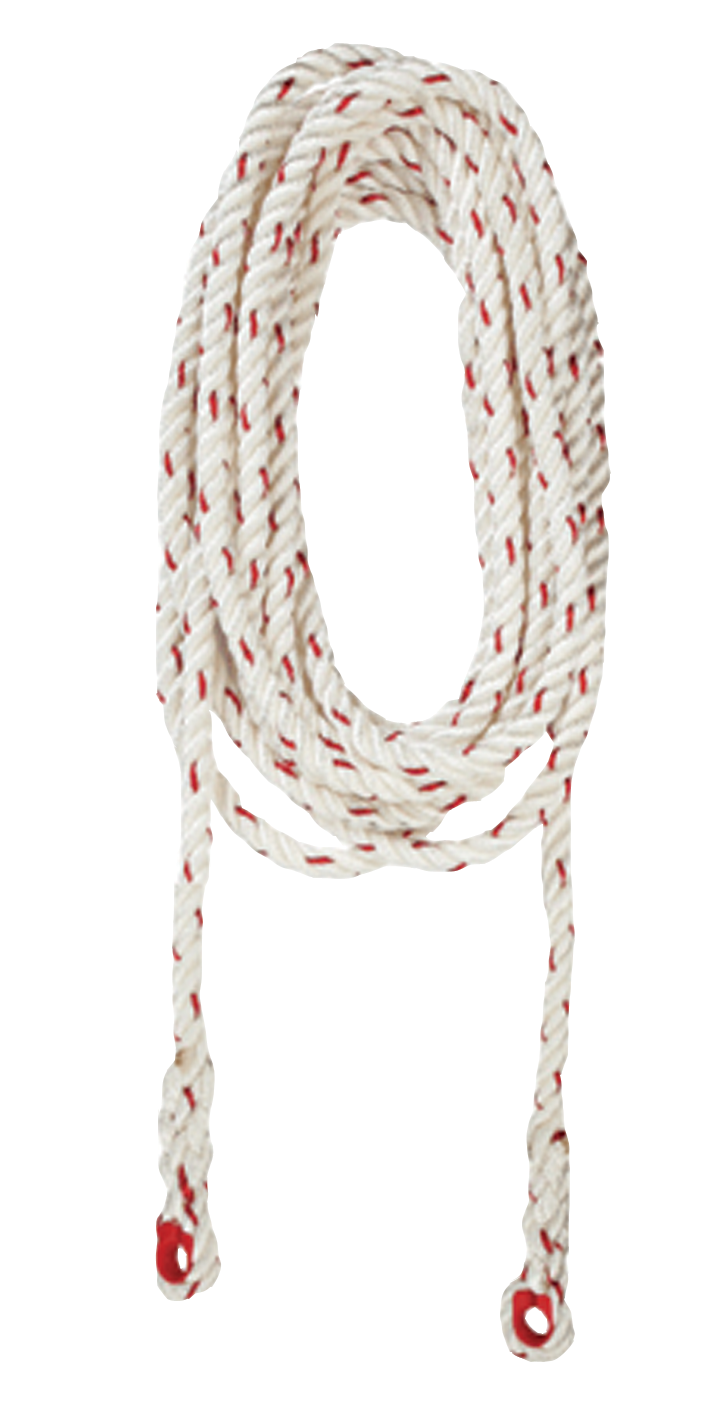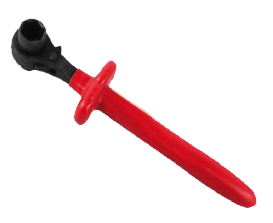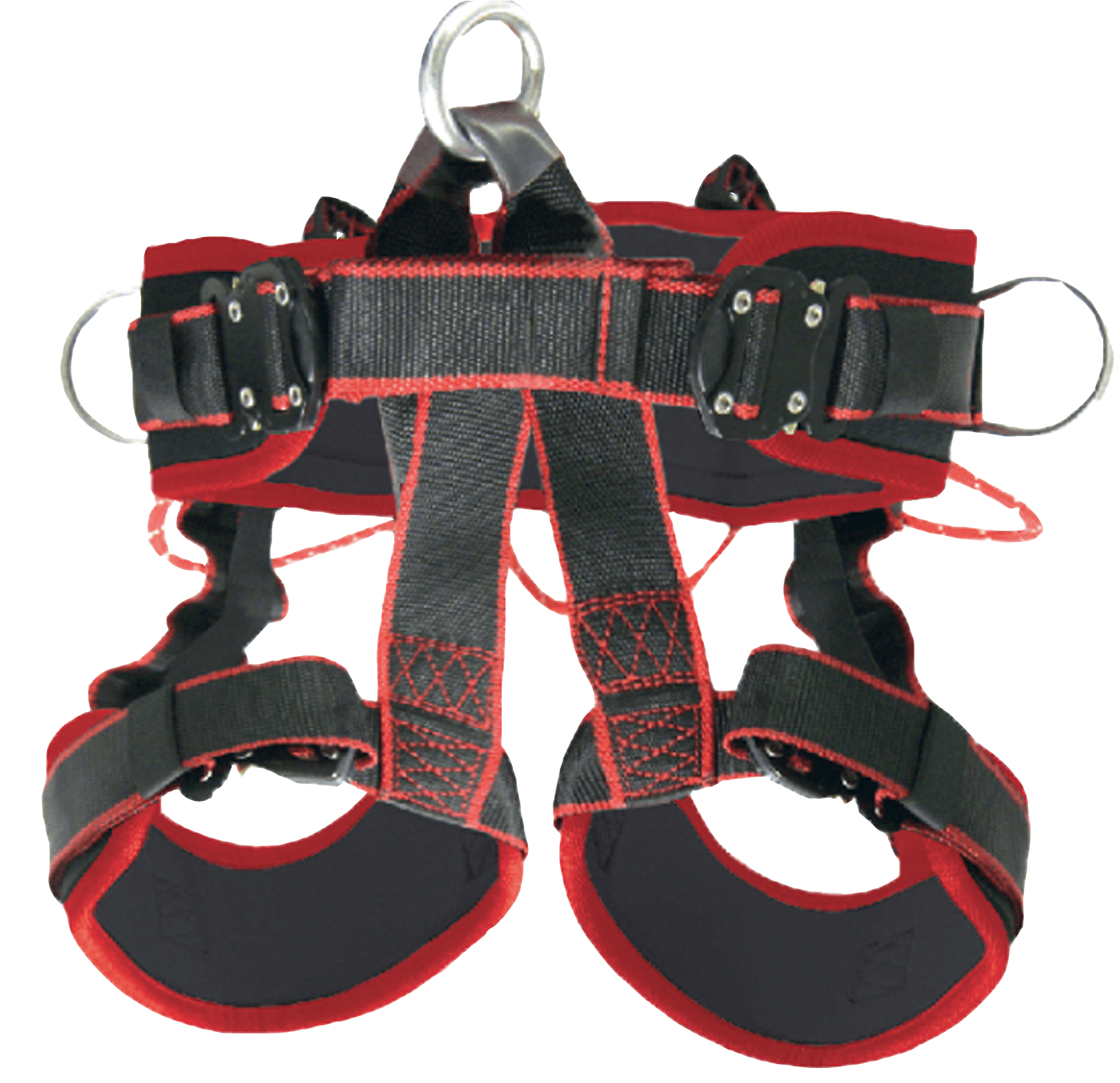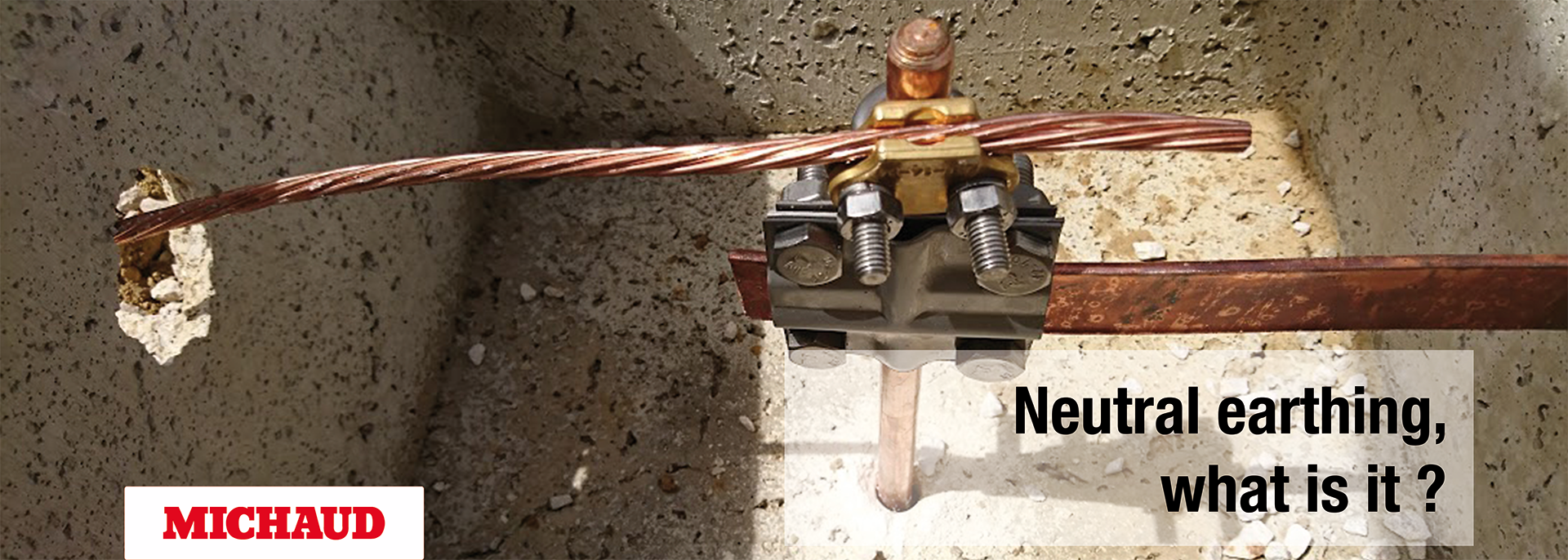
As for any works, electrical ones are regulated and the fitters must be protected to work safely on the live networks.
They face risks such as falls, burns, electric shock, electrocution … It is the employer’s responsibility to secure his team, and then of the fitter to equip himself well.
So, what are the essentials of an effective personal protection?
Personal protection in general
First of all, it is essential to protect sensitive parts of the body.
Firstly, protect your head. Helmets are used to protect against falling objects or shocks. At height, the fitter will use a chin strap in addition to the helmet to prevent it from being lost during the operation.
Next, eye protection is essential. Depending on the uses, the covered area of the face will be more or less important. For example, protective glasses will avoid direct contact with the eyes during projections or splinters. This device only protects the eyes, while the protective shield covers the entire face.
Hands and feet deserve special attention during any work. The gloves provide mechanical protection against cuts, abrasions and punctures, while the mechanical protection of the shoes protects against crushing, slipping and the risk of punctures.
There are also protective devices for specific work, in particular hearing helmets for work in noise disturbance areas or even masks in the case of dusty spaces …
Insulating protections
All of the personal protections detailed above have their counterpart for electrical protection.
Indeed, face shields that protect against electric arcs exist.
Very important also, gloves and shoes with dielectric protection protect the fitters against fault currents or poor insulation of a live part, which can be frequent during maintenance operations. It is therefore strongly recommended to combine electrical and mechanical protection. In the event that the fitter uses insulating gloves, it is necessary to complement with mechanical protective gloves to bring a protection of the insulating material.
Finally, it is also recommended to wear specific clothing for live work.
- Arc flash clothing to protect the fitter from electric arcs.
- High visibility clothing to signal its presence.
Safe working conditions for the fitter
In addition to standard personal protection, it will be advisable to work with insulated tools and equipment. We think in particular of tools such as stripping knives, screwdrivers or ratchets which can benefit from 1000V insulating protection, ideally suited to low voltage intervention.
In the context of work at height, harnesses, ropes and lanyards are necessary to ensure the protection of fitters against falls. This type of equipment can also be dielectric to prevent electrical contact with the material itself from becoming dangerous for the fitter. To climb the pole with a ladder, the worker can also use an insulating ladder.
When working on the floor, the installer can in addition to shoes with dielectric protection, use an insulating mat. The mat protects the work area and prevents the creation of an electrical circuit, especially through the human body.
The equipment and safety of the fitters remains paramount in the field. Even if manufacturers integrate safety constraints during installation and maintenance into product design through IP2X solutions or systems for insulate metal parts, risks are still present.
